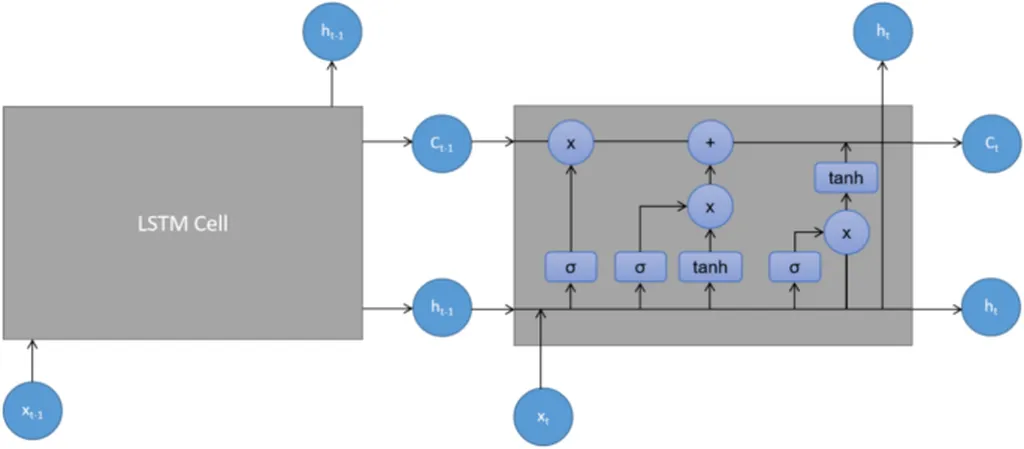In the quest for cleaner energy, wind power has emerged as a frontrunner, backed by governments worldwide for its pollution-free and widely distributed nature. However, the intermittent and unpredictable nature of wind poses significant challenges to power system stability. Accurate wind power forecasting is crucial to ensure grid balance and enhance system security. A recent study published in the journal “AIMS Energy” (which translates to “Energy” in English) offers a promising solution to these challenges, potentially reshaping the future of wind energy integration.
The research, led by Feng Tian from the Shenyang Institute of Engineering in China, introduces a novel wind power prediction model that combines the improved long short-term memory (LSTM) network with the Adaboost algorithm. This model, named MI-PD-AdaBoost-LSTM, is designed to address the unique characteristics of wind power data and its asymmetry.
One of the key innovations in this study is the use of mutual information (MI) to quantify the time delay between variables and power. “This helps us understand the relationship between wind speed and power more accurately,” Tian explains. Moreover, the researchers proposed a method of power fluctuation process division to tackle the varying relationships between wind speed and power in different weather conditions.
To deal with the asymmetric characteristics of wind power, the team constructed an asymmetric loss function for the AdaBoost-LSTM model. They also employed an improved artificial bee colony (ABC) algorithm to optimize the asymmetric loss function parameters, overcoming the local optimal problem.
The results of the study are promising. Numerical simulations showed that the proposed algorithm effectively improves power prediction accuracy across different time scales and seasons. This enhanced accuracy can have significant commercial impacts for the energy sector. More precise wind power forecasts can lead to better grid management, reduced reliance on backup power sources, and ultimately, lower energy costs.
The implications of this research extend beyond immediate improvements in wind power prediction. As Feng Tian notes, “This model provides guidance for wind farm power prediction, which can be instrumental in the planning and operation of future wind farms.” The study’s findings could pave the way for more efficient and reliable integration of wind energy into the power grid, accelerating the transition to a cleaner energy future.
In the evolving landscape of renewable energy, this research stands as a testament to the power of innovative data analysis and machine learning techniques. As the world continues to grapple with the challenges of climate change, such advancements in wind power prediction could play a pivotal role in shaping a sustainable energy sector.

